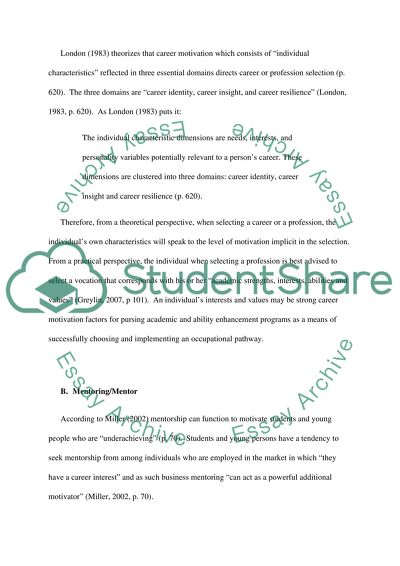Cite this document
(“Pipelining: A Grounded Theory of Successful Navigation through an Dissertation”, n.d.)
Retrieved de https://studentshare.org/education/1391102-pipelining-a-grounded-theory-of-successful-navigation-through-an-occupational-pathway-literature-review
Retrieved de https://studentshare.org/education/1391102-pipelining-a-grounded-theory-of-successful-navigation-through-an-occupational-pathway-literature-review
(Pipelining: A Grounded Theory of Successful Navigation through an Dissertation)
https://studentshare.org/education/1391102-pipelining-a-grounded-theory-of-successful-navigation-through-an-occupational-pathway-literature-review.
https://studentshare.org/education/1391102-pipelining-a-grounded-theory-of-successful-navigation-through-an-occupational-pathway-literature-review.
“Pipelining: A Grounded Theory of Successful Navigation through an Dissertation”, n.d. https://studentshare.org/education/1391102-pipelining-a-grounded-theory-of-successful-navigation-through-an-occupational-pathway-literature-review.


